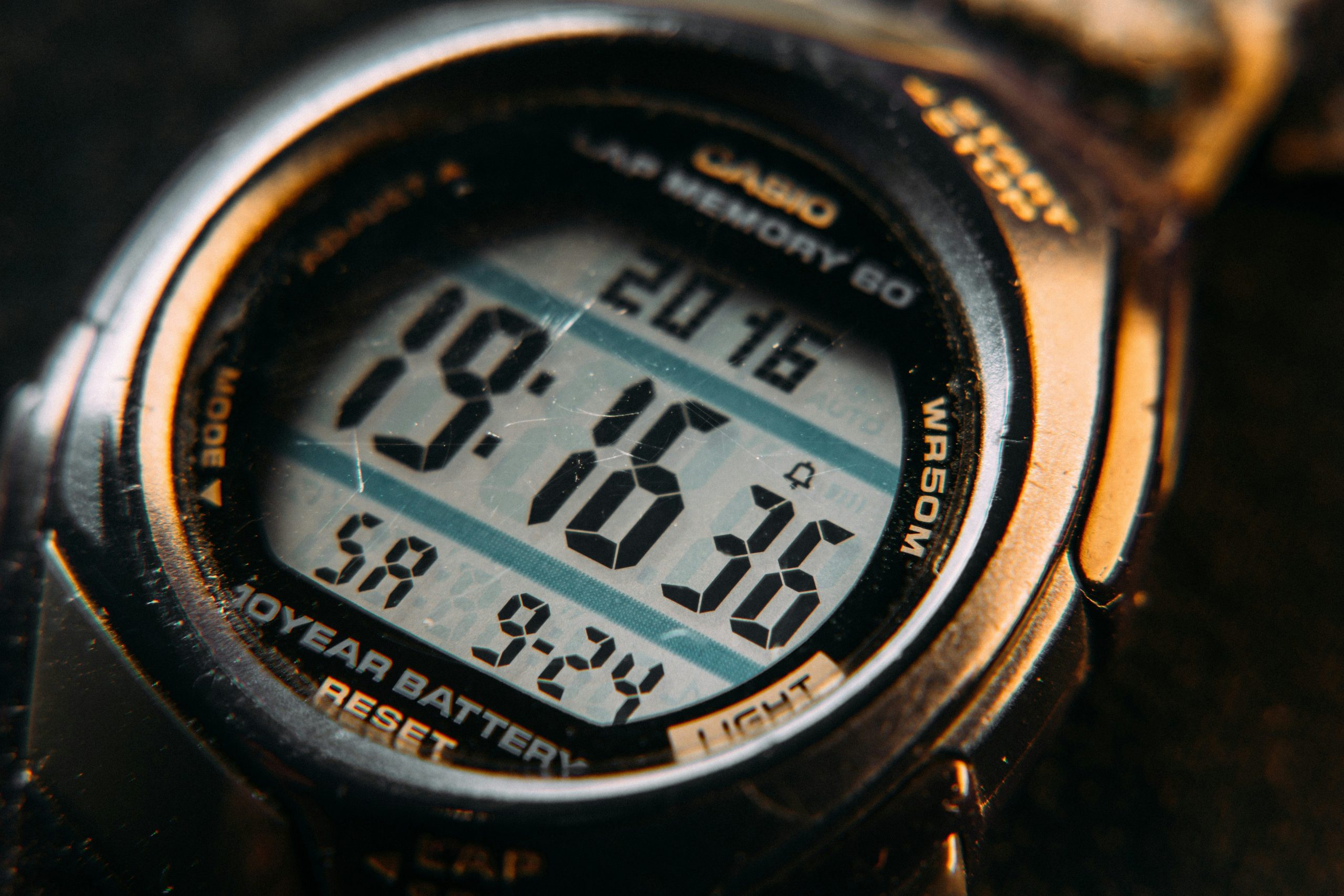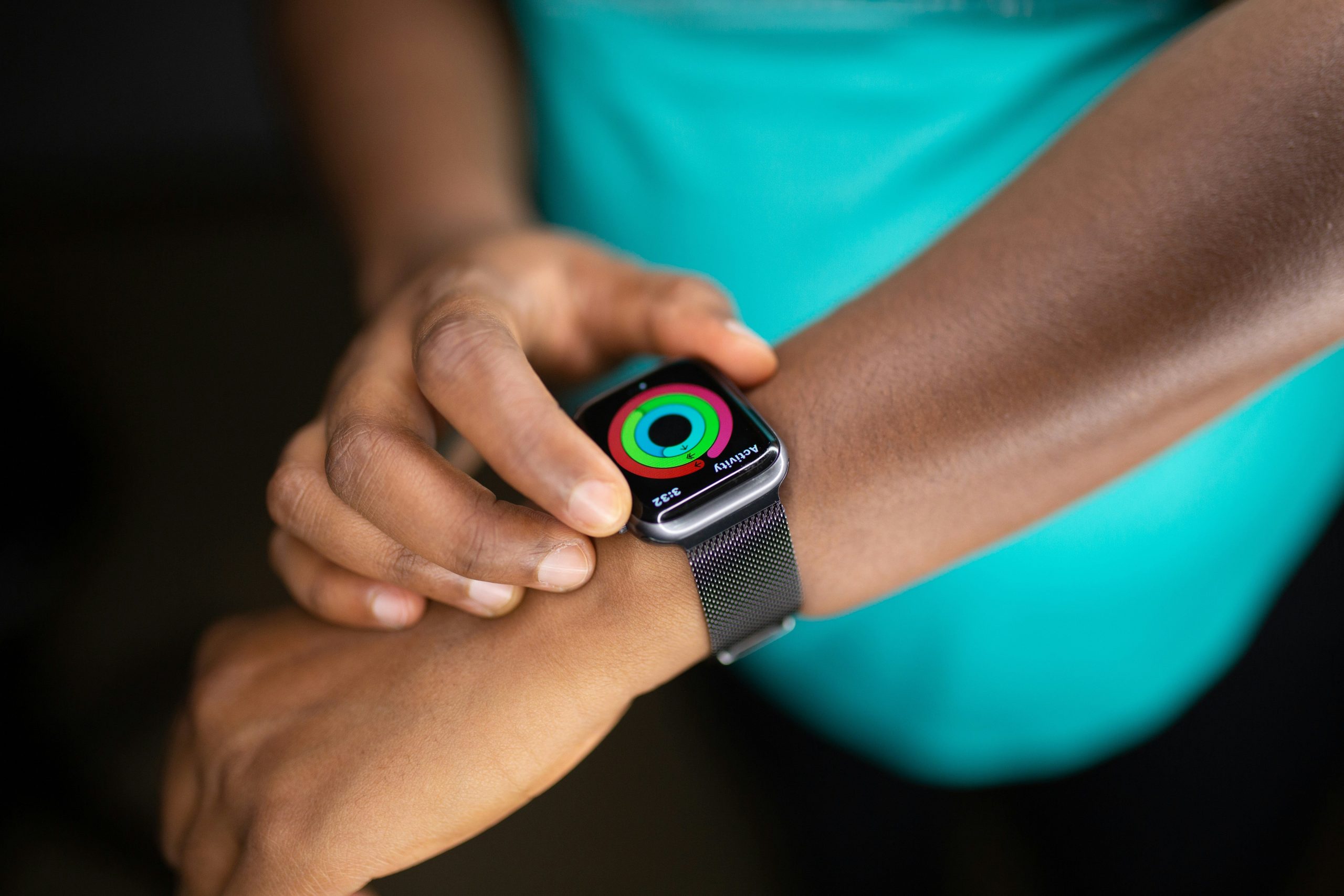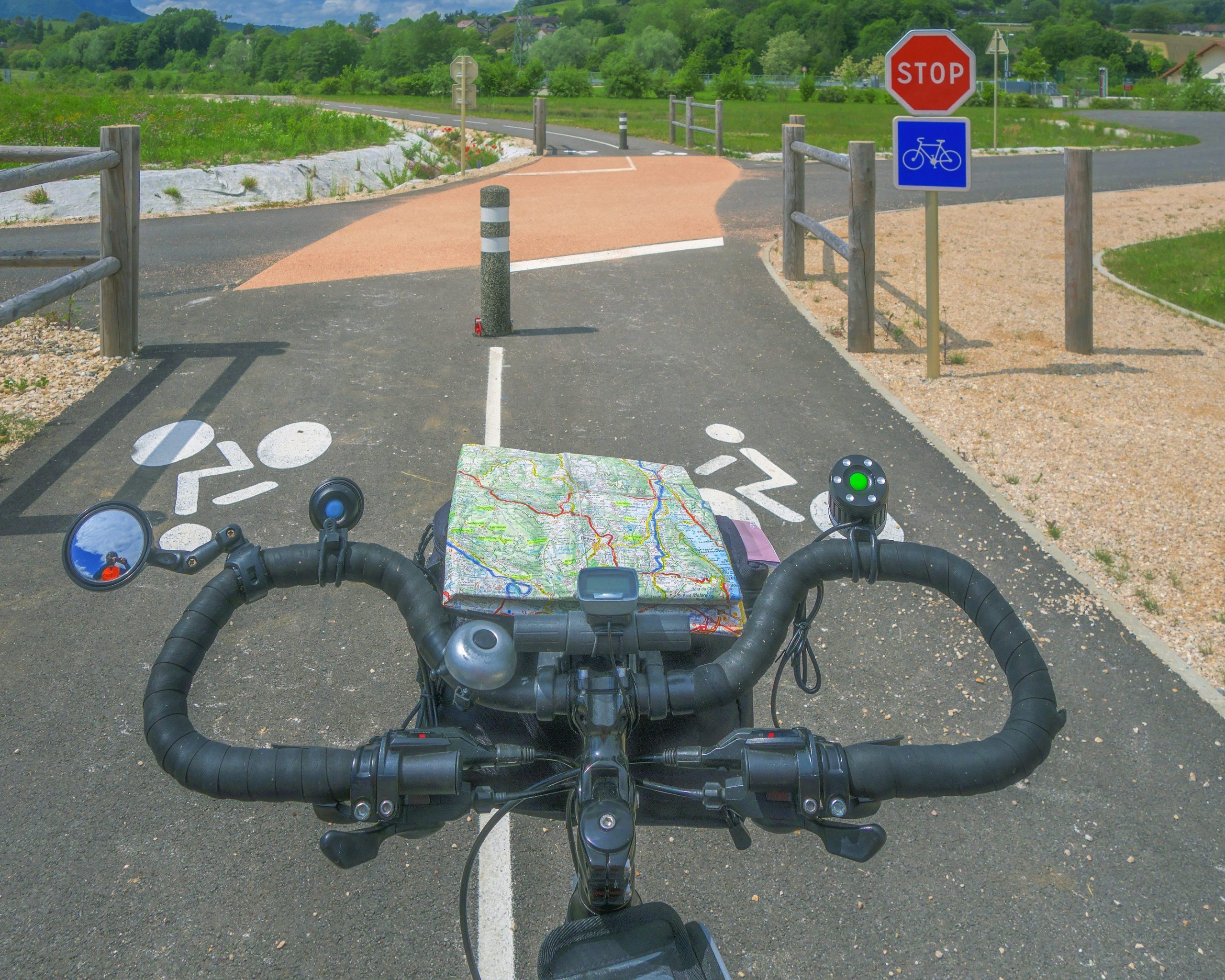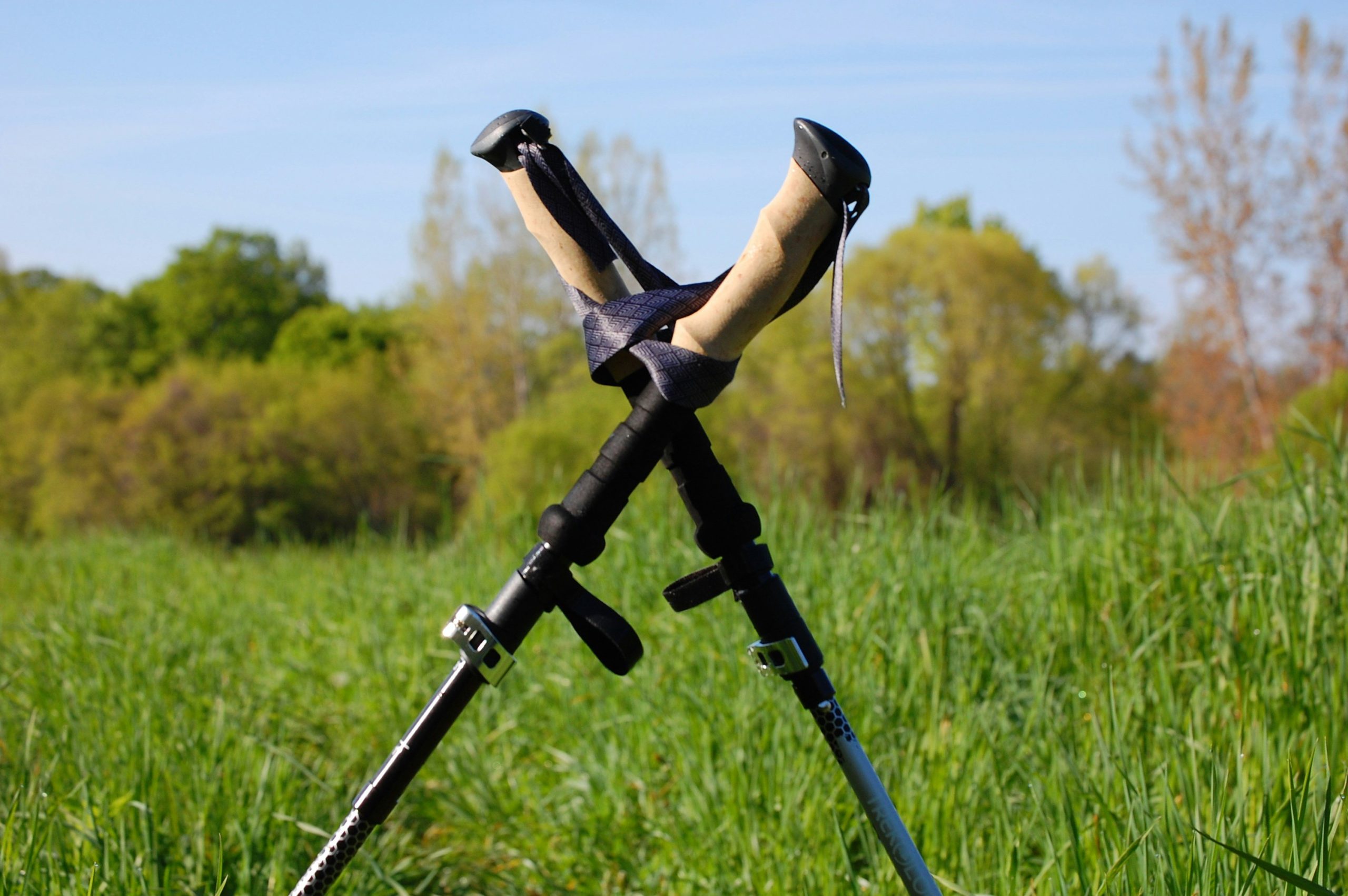Ever found yourself on a hike, wondering how high above sea level you really are? Yeah, us too. That’s where watch altimeters come in—and they’re shaping up to be the crown jewel of wearable tech trends. These little gadgets don’t just track your altitude; they redefine outdoor adventures while making waves in fitness and lifestyle circles.
In this post, we’ll dive into why watch altimeters are becoming the must-have accessory for adventurers and tech enthusiasts alike. You’ll uncover their unique features, actionable tips for choosing one, and how they’re shaking up the future of wearable tech trends. Let’s get climbing!
Table of Contents
- Why Watch Altimeters Are Trending Today
- Step-by-Step Guide to Picking the Right Altimeter Watch
- Pro Tips for Maximizing Your Watch Altimeter Experience
- Real-World Examples of Wearable Tech Success
- FAQs About Watch Altimeters
Key Takeaways:
- Watch altimeters blend utility with innovation—perfect for outdoor lovers and athletes.
- Choosing the right model depends on accuracy, battery life, and customization options.
- These devices exemplify cutting-edge wearable tech trends that prioritize functionality over fluff.
Why Watch Altimeters Are Trending Today
First things first: remember those cheap digital watches from the ’90s? Yeah, they’re dinosaurs compared to today’s modern marvels. Watch altimeters take wearable tech trends to new heights (literally). They combine sleek design with pinpoint-accurate altitude tracking, appealing to hikers, climbers, pilots, and even urban explorers.
But here’s the kicker—it’s not all about function. These watches also serve as status symbols. I once showed up to a casual brunch sporting my rugged Garmin Instinct Solar. A friend quipped, “Who cares about elevation unless you’re summiting Everest?” Chef’s kiss moment—I explained its solar charging, smart notifications, and GPS capabilities. Suddenly, they wanted one.

A hiker checks their advanced watch altimeter mid-climb.
The sensory satisfaction is undeniable. Imagine hearing crisp beeps as your wrist vibrates every time you reach a new milestone. It’s like leveling up in real life.
Step-by-Step Guide to Picking the Right Altimeter Watch
Optimist You: “There are so many amazing choices! This will be fun!”
Grumpy You: “Ugh, fine—but only if coffee’s involved.”
Step 1: Define Your Needs
Are you an adventurer tackling Mount Kilimanjaro or someone aiming for weekend hikes? Know what matters most to you—altitude precision, durability, or style?
Step 2: Check Sensor Accuracy
Not all sensors are created equal. Some use barometric pressure (more accurate) while others rely on GPS data. Test reviews before buying. Trust me—I once ignored this step and ended up with a watch that couldn’t tell whether I was climbing stairs or scaling peaks. Oops.
Step 3: Battery Life Matters
“Can it survive a three-day trek without dying?” If the answer’s no, skip it. Look for solar-powered models or long-lasting batteries.
Step 4: Customization Options
Does it sync with apps? Can you customize metrics displayed on the screen? For example, brands like Suunto and Coros offer extensive personalization features.

A side-by-side comparison chart highlights key differences between popular models.
Pro Tips for Maximizing Your Watch Altimeter Experience
Time to level up your game with these tips:
- Calibrate Regularly: Atmospheric changes can mess with readings. Sync your watch often for consistent results.
- Use Companion Apps: Pair your device with mobile apps to log detailed stats and share progress with friends.
- Experiment With Modes: From storm alerts to vertical gain insights, explore lesser-known functions.
Bonus tip: Don’t forget waterproof ratings if rivers cross your path frequently. Learn from my mistake—I nearly drowned mine during a river crossing adventure. *Facepalm.*
Real-World Examples of Wearable Tech Success
Let’s talk success stories. Last year, marathon runner Sarah Johnson used her Coros Vertix watch to prepare for a grueling ultramarathon. By analyzing oxygen levels at various altitudes, she adjusted her training regimen and shaved hours off her race time.
Then there’s pilot Alex Thompson, who relies on his Citizen Promaster Altichron for critical flight calculations. His testimonial? “Without accurate altitude readings, I wouldn’t trust flying anywhere.” Talk about putting faith in wearable tech trends.

An infographic showcasing user feedback and performance stats.
FAQs About Watch Altimeters
Q: How accurate are watch altimeters?
A: Most premium watches claim ±10-foot accuracy under stable conditions. Barometric models perform better than pure GPS ones.
Q: Can I use them indoors?
A: No. Lack of atmospheric variation indoors renders barometric sensors useless. Stick to outdoor environments.
Q: Is any maintenance required?
A: Clean the case regularly and recalibrate occasionally to ensure top performance.
Conclusion
In conclusion, watch altimeters aren’t just tools—they’re game-changers within wearable tech trends. Whether you’re scaling mountains, navigating skies, or simply exploring nearby trails, these watches deliver unmatched value. Choose wisely, calibrate thoroughly, and embrace the adventure!
Now go forth and conquer your next peak—or, hey, maybe just impress your brunch crew. Like a Tamagotchi, your altimeter thrives best with love and attention.


